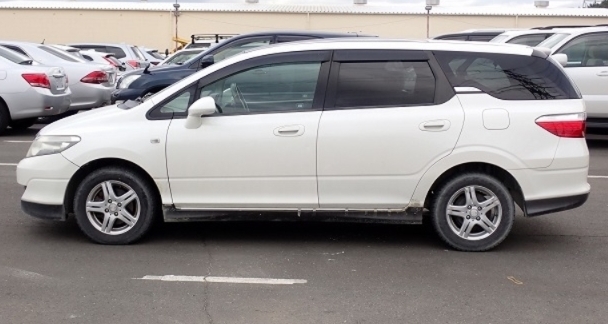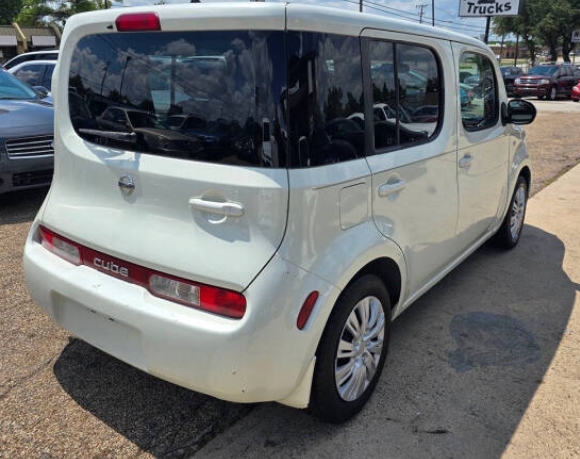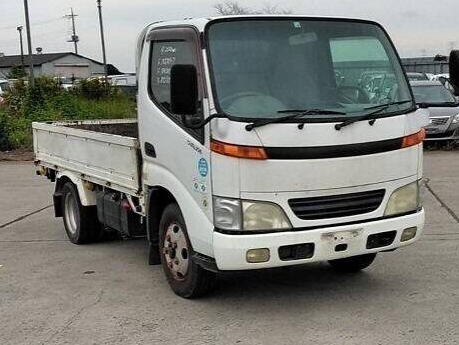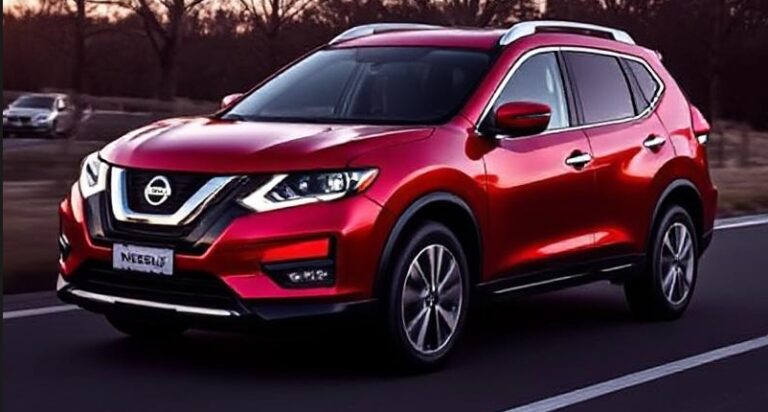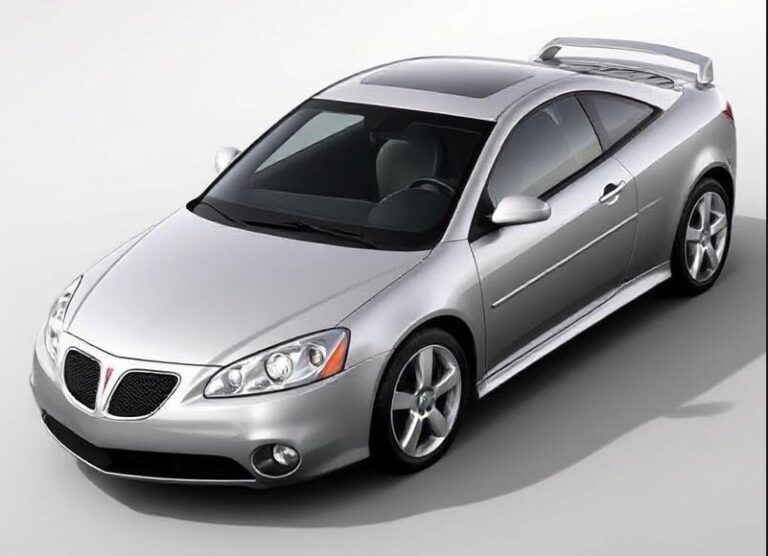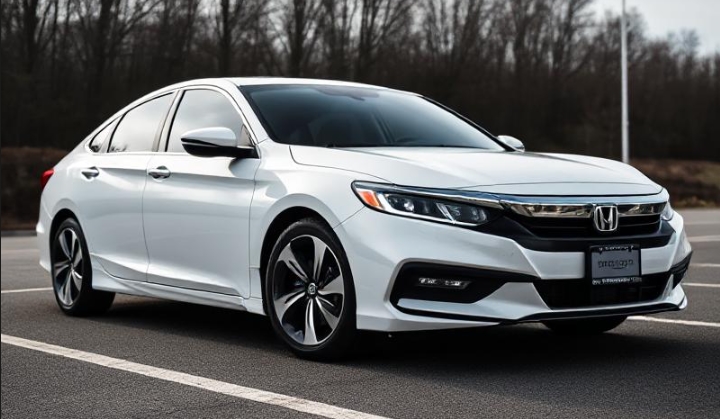The Evolution of the Honda Airwave: An In-Depth Overview
The Honda Airwave is a subcompact car (also known as a kei car in Japan) that was manufactured by Honda primarily for the Japanese domestic market (JDM). Launched in 2005, the Airwave was designed to combine the spaciousness and practicality of a wagon with the compact dimensions of a sedan, catering to urban drivers seeking versatility and efficiency. Over its production span, the Airwave saw several updates, facelifts, and trim variations, reflecting Honda’s commitment to innovation and customer preferences.
Production Timeline
- First Generation (2005–2010): The Honda Airwave was introduced in September 2005, based on the platform of the Honda Fit (Jazz outside Japan). It was marketed as a more spacious alternative within Honda’s lineup, emphasizing practicality and fuel efficiency.
- Second Generation (2010–2014): The model received a facelift and updated features in 2010, with improvements in design, safety, and technology.
- Discontinuation: The Honda Airwave was discontinued in 2014, as Honda shifted focus toward newer models and the evolving kei car market.
First Generation Honda Airwave (2005–2010)
Overview
Launched in 2005, the first-generation Honda Airwave was built on Honda’s Global Small Car platform, sharing many components with the Honda Fit/Jazz. It was designed to appeal to urban consumers requiring a compact yet spacious vehicle, offering versatility for city driving and small-family use.
Design & Features
- Exterior: The Airwave had a tall, wagon-like profile with a high roofline, maximizing interior space.
- Interior: Features included a flexible rear seat configuration, a flat load floor, and options for fold-down seats to enhance cargo capacity.
- Engine Options: Primarily equipped with Honda’s small-displacement engines, including:
- 1.5-liter i-DSI (Intelligent-Drive System Injector) engine
- 1.5-liter L15A i-VTEC engine (later models)
- Transmission: 5-speed manual or 5-speed automatic (CVT introduced later).
Trim Levels and Models
Initially, the Honda Airwave was offered in various trims, tailored for different customer needs:
- G – Base trim with essential features, manual transmission, and basic interior.
- L – Mid-range trim with added comfort and convenience features.
- L Special Edition – Limited editions with unique features or styling accents.
- G Aero – Sportier styling elements, such as body kits and alloy wheels.
- G Aero S – Higher-spec Aero trim with additional features.
Special Editions & Variants
- +”V” trims: Offered in some markets with additional luxury or safety features.
- FWD and AWD options: The Airwave was primarily front-wheel-drive, but some variants offered all-wheel drive (mostly in AWD trims or special editions).
Market Position & Reception
The first-generation Airwave was appreciated for its spaciousness, fuel economy, and compact size, making it popular among city dwellers and small families. Its pricing was competitive, and Honda’s reputation for reliability bolstered its appeal.
Second Generation Honda Airwave (2010–2014)
Overview
The second-generation Airwave was launched in 2010, featuring a more modern design, improved safety features, and updated interior technology. It continued to be based on the Honda Fit platform but was refined to appeal to a broader market segment.
Design & Features
- Exterior: The new model adopted a more streamlined, contemporary look with sharper lines and a slightly lower roofline compared to the first generation.
- Interior: Upgraded interior materials, additional comfort features, and improved cabin space.
- Engine Options: Maintained the 1.5-liter engines with increased efficiency and emissions compliance:
- 1.5L L15A i-VTEC engine
- Transmission: Continuation of CVT transmission with improvements for smoother operation.
Trim Levels and Models
The second-gen Honda Airwave offered various trims, often aligned with Honda’s naming conventions:
- G – Standard trim focusing on practicality and economy.
- L – Mid-range with additional comfort features.
- G Aero – Sportier aesthetic elements, such as body kits, spoilers, and alloy wheels.
- L Extra – An upgraded version of the L trim with added amenities.
- Hybrid variants: While the standard Airwave was primarily petrol-powered, hybrid variants based on Honda’s IMA (Integrated Motor Assist) technology were also introduced in some markets, emphasizing fuel efficiency.
Special Editions & Variants
- “Smart Style” editions: Offered with unique styling cues and additional features.
- Premium trims: Included features like leather seats, dual-zone climate control, and upgraded infotainment systems.
Safety & Technology
The 2010 update brought enhanced safety features, including:
- Anti-lock Braking System (ABS)
- Electronic Brake-force Distribution (EBD)
- Vehicle Stability Assist (VSA) in higher trims
- Dual front airbags and side airbags as standard
Market Position & Reception
The second-generation Honda Airwave was well-received for its improved design, safety, and fuel economy. It maintained its reputation as a reliable, economical urban vehicle, appealing particularly to young professionals and small families.
Special Models and Limited Editions
Throughout its production, Honda released limited editions and special models to boost sales and appeal to niche markets:
- “Airwave Style” Editions: Featuring unique exterior and interior styling cues.
- “Luxury” Trims: Incorporating features such as leather upholstery, premium audio systems, and advanced safety options.
- Hybrid Variants: While not widely available, some markets saw hybrid models emphasizing eco-friendliness.
Discontinuation and Legacy
Honda officially discontinued the Airwave in 2014, aligning with shifting consumer preferences toward crossover SUVs and newer compact models. The Airwave’s legacy lies in its role as an economical and practical urban vehicle, embodying Honda’s engineering focus on reliability, fuel efficiency, and versatile interior design.
Despite its discontinuation, the Airwave remains a notable example of Honda’s commitment to the small car segment in Japan, and its design principles continue to influence Honda’s compact offerings.
.
RepairSurge Online Repair Manuals Replace Bulky Books With Reliable Digital Information!
Faster And Cheaper Than Traditional Printed Manuals, Users Get Instant Access To The Repair Information They Need For Any Car, Truck, Van or SUV:
.
Summary of Key Specifications
| Generation | Years Produced | Notable Engines | Notable Trim Levels | Unique Features |
|---|---|---|---|---|
| First | 2005–2010 | 1.5L i-DSI, i-VTEC | G, L, G Aero, G Aero S | Spacious wagon design, CVT optional |
| Second | 2010–2014 | 1.5L i-VTEC | G, L, G Aero, L Extra | Modern styling, safety upgrades, hybrid options |
Conclusion
The Honda Airwave exemplifies Honda’s approach to urban mobility—combining practicality, economy, and reliability in a compact package. Its evolution over nearly a decade reflects advancements in safety, design, and technology, tailored to meet the needs of Japanese consumers and small families. While no longer in production, the Airwave remains a noteworthy chapter in Honda’s history of small cars, showcasing the company’s dedication to innovation within the compact vehicle segment.
